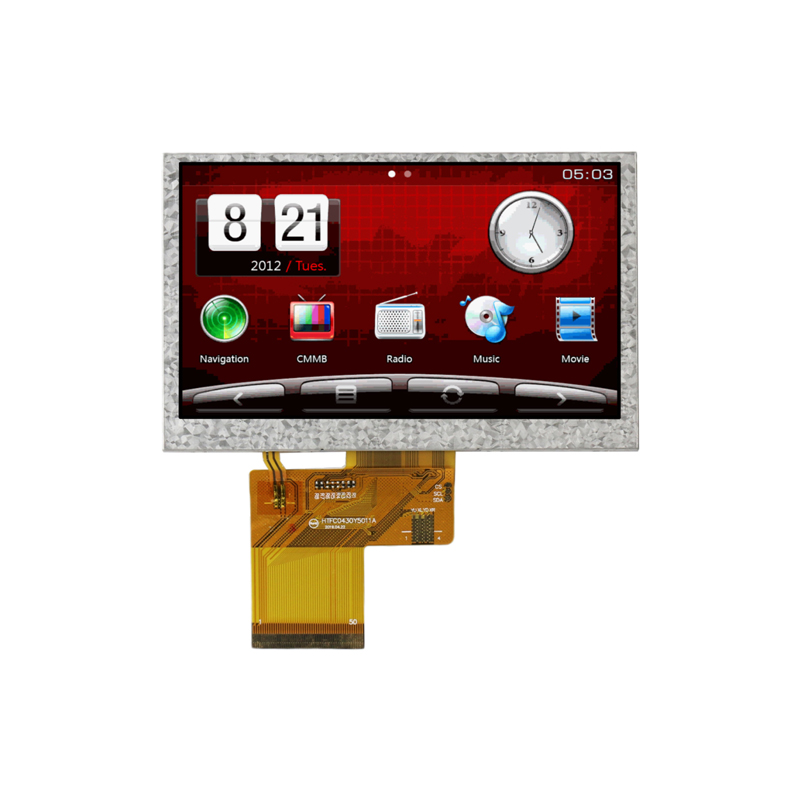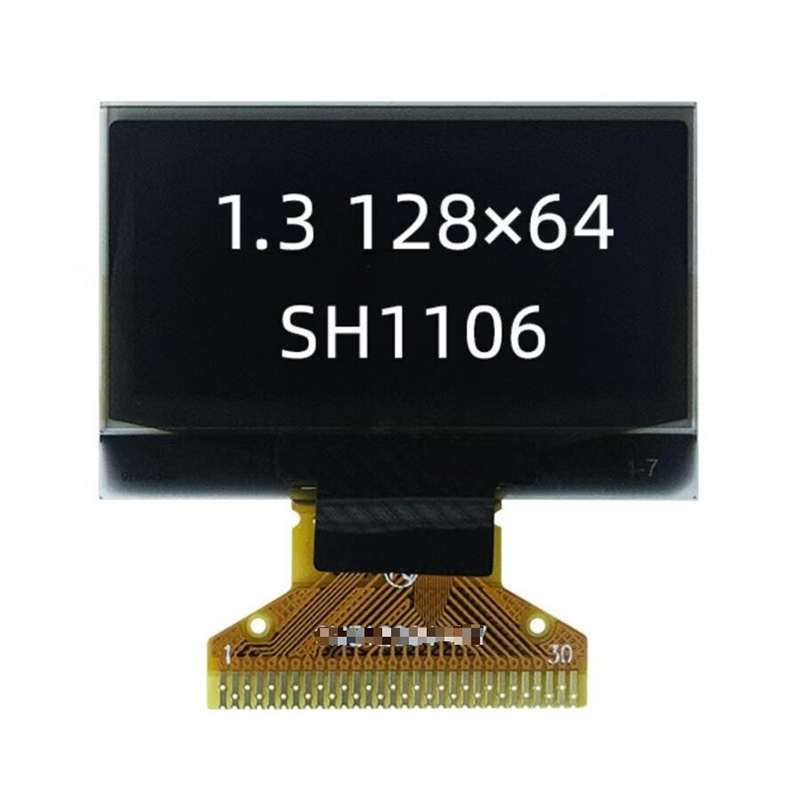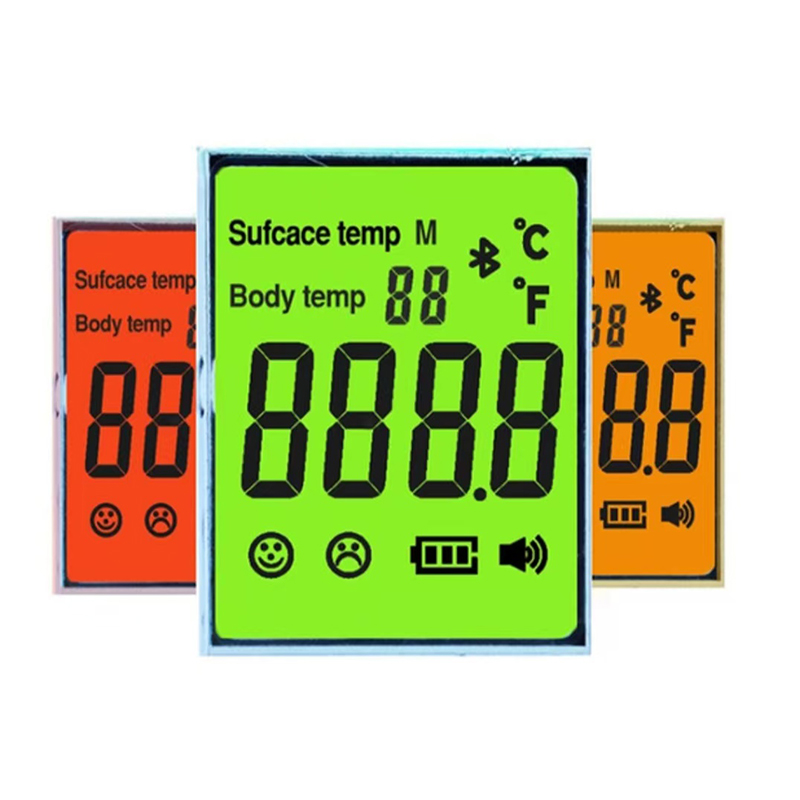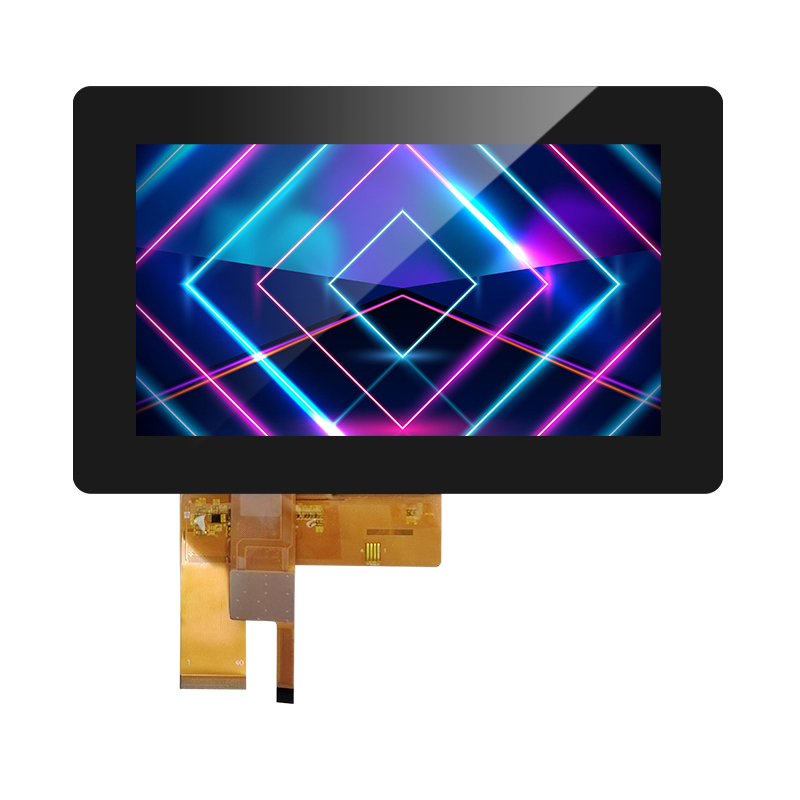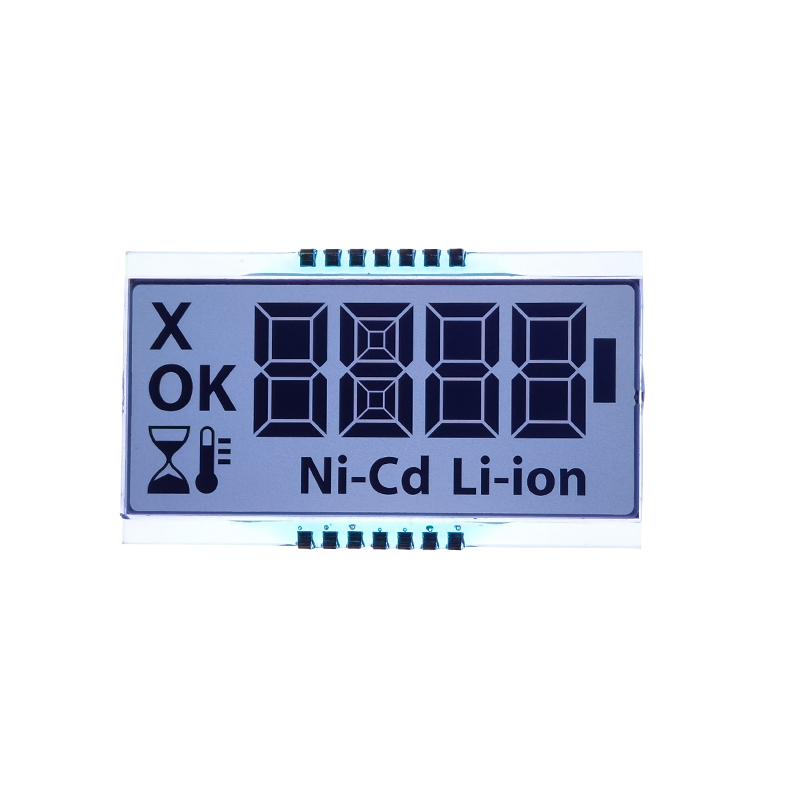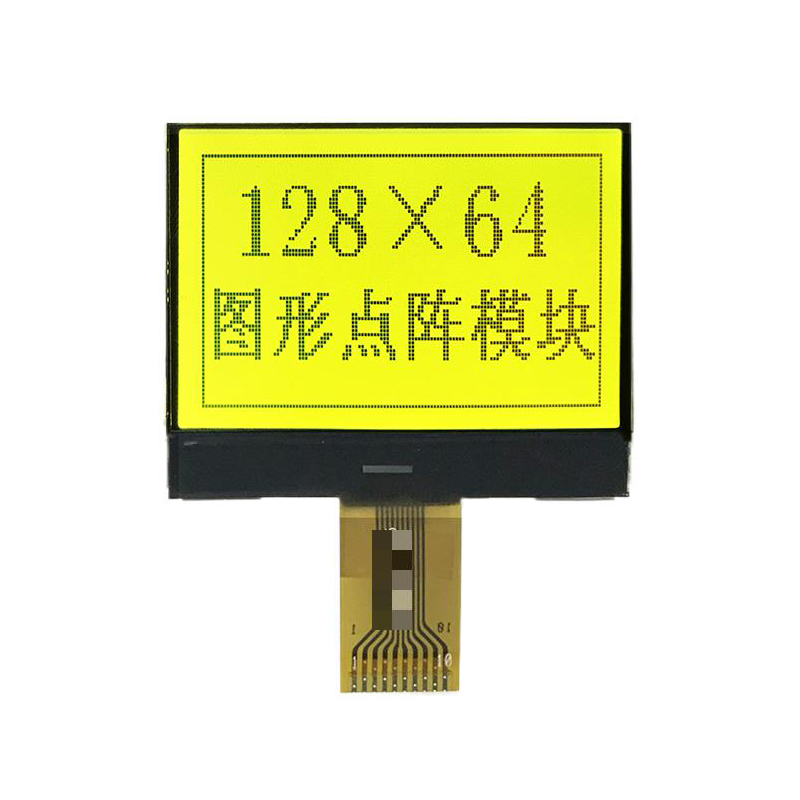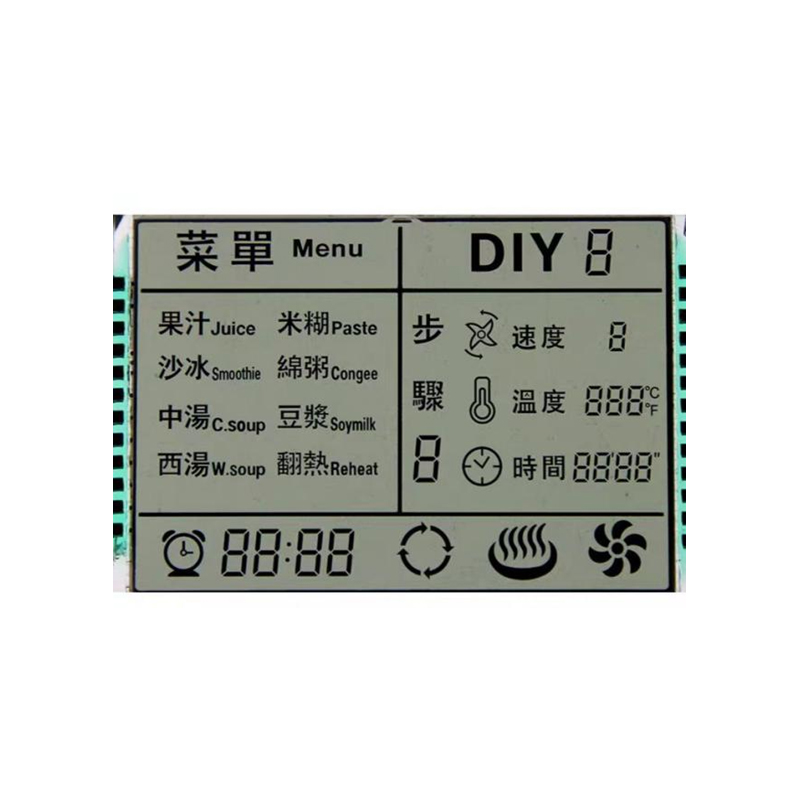
This comprehensive guide explores the world of RGB dot matrix displays, covering their functionality, applications, and considerations for selection and integration. We'll delve into the technical aspects, explore various display types, and provide practical advice for choosing the right display for your project.
An RGB dot matrix display is a type of electronic display that uses a matrix of red, green, and blue (RGB) LEDs or pixels to create images and text. Each color is controlled individually, allowing for a wide range of colors and shades. Unlike monochrome displays, these offer vivid and full-color representation. The dot matrix refers to the arrangement of individual light-emitting elements in a grid pattern. The resolution, determined by the number of dots (pixels) in the matrix, affects the image quality. Higher resolutions result in sharper images.
LED dot matrix displays are the most common type. They use light-emitting diodes arranged in a grid pattern to create the image. These displays are known for their brightness, durability, and relatively low power consumption. Different configurations exist, from simple single-color displays to complex full-color displays with high resolutions. Factors to consider when choosing an LED RGB dot matrix display include brightness, viewing angle, refresh rate, and power requirements. Many manufacturers offer a wide range of options, each tailored to specific applications.
Organic Light-Emitting Diode (OLED) RGB dot matrix displays offer superior image quality compared to LED displays. They produce deeper blacks and more vibrant colors due to each pixel emitting its own light. However, they are generally more expensive and have a shorter lifespan than LED displays. OLED technology also provides better viewing angles and faster response times, making them ideal for applications that demand high visual fidelity.
RGB dot matrix displays are utilized in a wide array of applications across various industries. Their versatility and relative affordability make them a popular choice for:
Selecting the optimal RGB dot matrix display involves carefully considering several factors:
| Feature | Considerations |
|---|---|
| Resolution | Higher resolution offers sharper images but increases cost and power consumption. |
| Brightness | Important for outdoor applications or environments with high ambient light. |
| Viewing Angle | Determines how much the image quality degrades when viewed from an angle. |
| Refresh Rate | Higher refresh rates reduce flickering and improve image clarity, especially for moving images. |
| Interface | Consider compatibility with your microcontroller or other control system (e.g., SPI, I2C). |
A wide selection of RGB dot matrix displays is available from various suppliers. For high-quality displays and reliable solutions, consider exploring the offerings from Dalian Eastern Display Co., Ltd., a leading manufacturer in the display industry. They provide a broad range of customizable options to meet diverse project needs.
Remember to always check product specifications carefully before making a purchase to ensure compatibility and performance expectations are met. Thorough research will lead to a successful integration of your RGB dot matrix display within your project.

